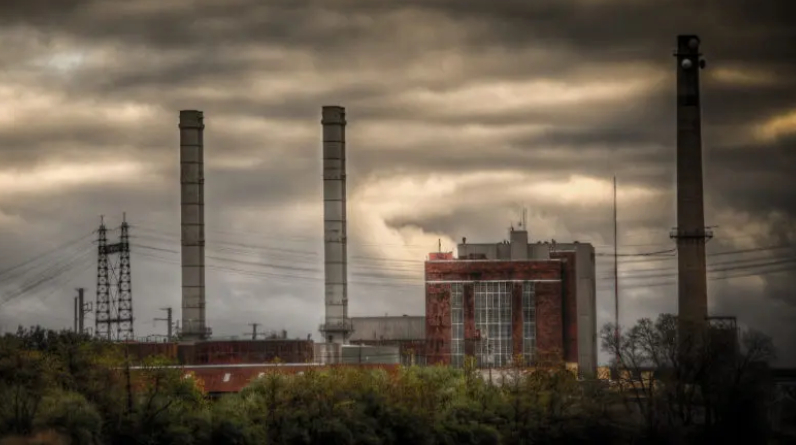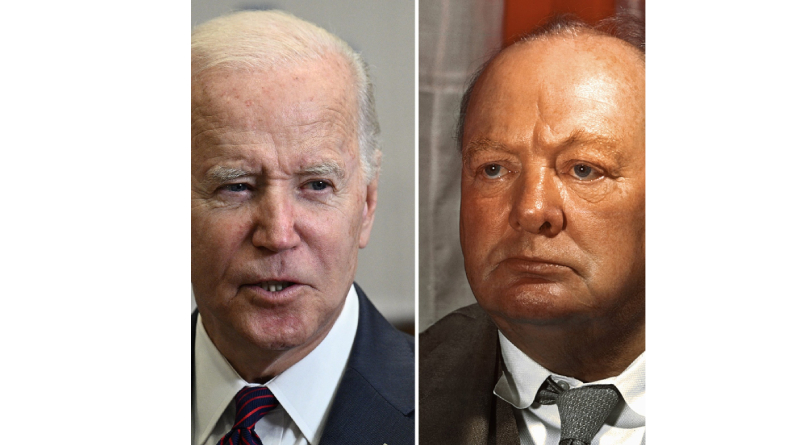The Woodlands Waterway Marriott Hotel and Convention Center in Texas played host to the Society of Petroleum Engineers’ (SPE) Hydraulic Fracturing Technology Conference and Exhibition (HFTC) from January 31st to February 2nd. Subsurface diagnostics, proppant performance, and modelling were primary topics discussed at the conference.
Operators and service providers showcased new and existing hydraulic fracturing technologies during the technical sessions, drawing on lessons learned from fracture-stimulated wells as well as international best practises. New developments in fracture treatment plans, completion methods, and well placement techniques were also discussed. Case studies of fracturing operations, trials of new technologies, and optimizations of field development were also presented, both for conventional and unconventional formations.
CONFERENCE IN PUBLIC
The Steve Holditch Plenary Session, which introduced the unconventional business’s most pressing issues, kicked off the three-day event, which drew a paid attendance of 2,50 people. In this year’s plenary, major technical advances brought about by multiple industry field experiments were discussed. Collaborations with the Hydraulic Fracturing Test Sites and other large-scale programmes were discussed.
The 2023 SPE Legends of Hydraulic Fracturing Award was given to professors John Lee of Texas A&M University and Mohamed Soliman of the University of Houston by HFTC Conference Chairman Dr. Jennifer Miskimins, professor and head of the Petroleum Engineering Department at Colorado School of Mines.
Dr. Lee is a petroleum engineer with 50 years of experience, particularly in the fields of reservoir engineering for hydraulically fractured wells, integrated reservoir studies, and unconventional gas development.
At the University of Houston, Dr. Soliman oversees the field of petroleum engineering as department head. The diagnostics, data analysis, and modelling of hydraulic fracturing have been focal points of his professional life. Dr. Soliman is the author of 250 technical papers and the holder of 40 patents in the United States. As of right now, he’s developing plasma-based methods for achieving waterless fracturing.
Important results and practical uses from top-notch underground research facilities. Chris Wright (Liberty Energy) served as the session’s moderator, and seven experts presented during the technical portion of the plenary. Discussion was led by technical executives from SM Energy, Devon Energy, and Hess Corp. who discussed the successes of their companies’ ongoing research and development in underground laboratories.
Energy from SM. Erich Kerr and Mary Ellen Lutey from SM Energy gave the introductory presentation. Kerr began his presentation by demonstrating how, thanks to improved efficiencies—particularly in the drilling process—the cost of drilling and completing horizontal shale wells has decreased by half over the past decade. Next, Kerr showed the outcomes of crack-spreading experiments conducted by SM Energy. The arrival of a fracture is observed and measured against the relaxation of a fracture using fibre optics. From 3 to 9 hours post-treatment, fractures may still be closing (or relaxing), according to the study.
Then, Lutey outlined the mechanics captured by the fracture study and discussed the benefits of SM Energy’s work. First, the stress tensor, then the decay of strain, then the orientation of cracks, and finally the poroelastic behaviour. Lutey summed up by saying that their work in diagnosis and modelling is essential to the creation of sound judgements. This type of technical knowledge drives optimization while mitigating risk, and it can be applied to a number of basins based on what has been learned about the subsurface.
Also Read :It has been reported that Bed Bath & Beyond stores in Canada are closing
Power from Devon

Kourtney Brinkley and Aaron Ketter of Devon Energy gave the second talk. Brinkley mentioned in the presentation’s technical section that her company is working to improve reserve recovery in Dewitt County, Texas by implementing innovative re-fracturing strategies. Multiple core samples from shale reservoirs were analysed to establish the efficiency of the fracturing process as the first step of the study. This research led geoscientists to conclude that the parent wells’ completions were inadequate. The core samples’ reservoir formations exhibited closed fractures and sporadic proppant placement. Devon used fibre optic technology to confirm that re-fracing was successfully making contact with new rock and opening up previously unproduced fractures in reservoir formations.
After that, Kettler gave a presentation on the business case study that revealed slow start-ups in the ongoing work at Devon’s Eagle Ford assets. The business realised there was lots of room for development. He said the re-fracs are paying off in terms of increased output and increased recoverable reserves (by 15% to 20%, respectively).
Business conglomerate Hess
Craig Cipolla and Robert Fast of Hess Corp. gave the third and final presentation. Cipolla provided an overview of his company’s processes and lessons learned from years of research and development at its Bakken shale asset. The company has employed a wide variety of technological methods to comprehend fracture geometry and the parent-child well connection. Fiber optic measurements have helped Hess learn about reservoir drainage, fracture conductivity, and ways to boost overall recovery.
Energy Fervo
Jack Norbeck, of Fervo Energy, provided the final presentation, discussing the methods of extended-reach horizontal drilling and staged fracturing that are being used by the company to develop commercial geothermal energy in northern Nevada. Norbeck stated that the wells are being drilled through granite and other highly competent igneous rocks to pump water down into the subsurface in order to harvest heat generated at depth in the region. With a large 9 7/8-in. hole section needed to set 7-in. casing in the wellbore at temperatures between 375° and 425° F, the already challenging and complex drilling environment becomes even more so.
Companies such as Apache Corp, BP, Chevron, ConocoPhillips, Liberty Resources, Ovintiv, Petroleum Development Oman, Saudi Aramco, and Shell were among those who presented technical papers at the conference.








